Serotonin neurons are highly plastic; their development, maturation and regeneration is controlled by a complex gene regulatory network in constant interaction with the environment. An overview article recently published in WIREs Developmental Biology offers an updated view of these fundamental developmental mechanisms, pointing to the many ways by which developmental dysfunction of serotonin systems might occur at different periods in life. This opens new possibilities for therapeutic intervention, which can range from prevention of risk to stem cell therapies.
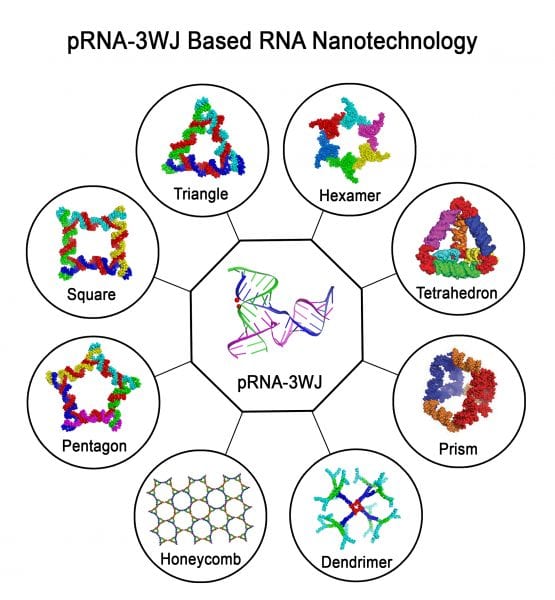
RNA Nanotechnology and Biomedical Applications: RNA Versatility, Flexibility and Thermostability
Recent advances in fabricating RNA nanostructures are highlighted, including their applications in vivo as imaging or therapeutic devices via specific delivery and targeting, or intracellular expression and assembly.
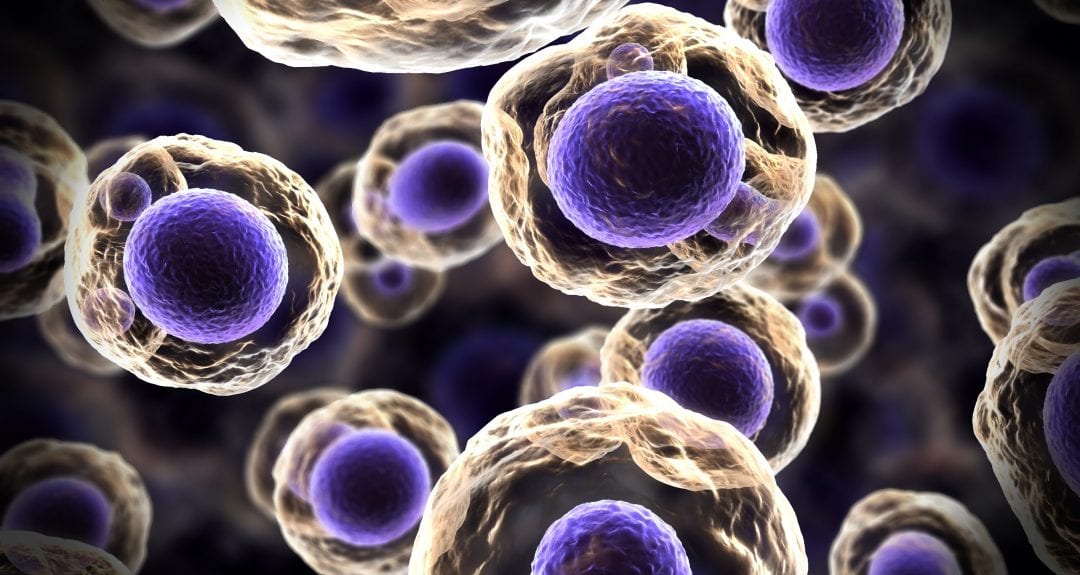
Cellular Therapeutics: Small Molecule Signaling, Regulation, and Potential Applications
Small molecules have many important roles across the tree of life.
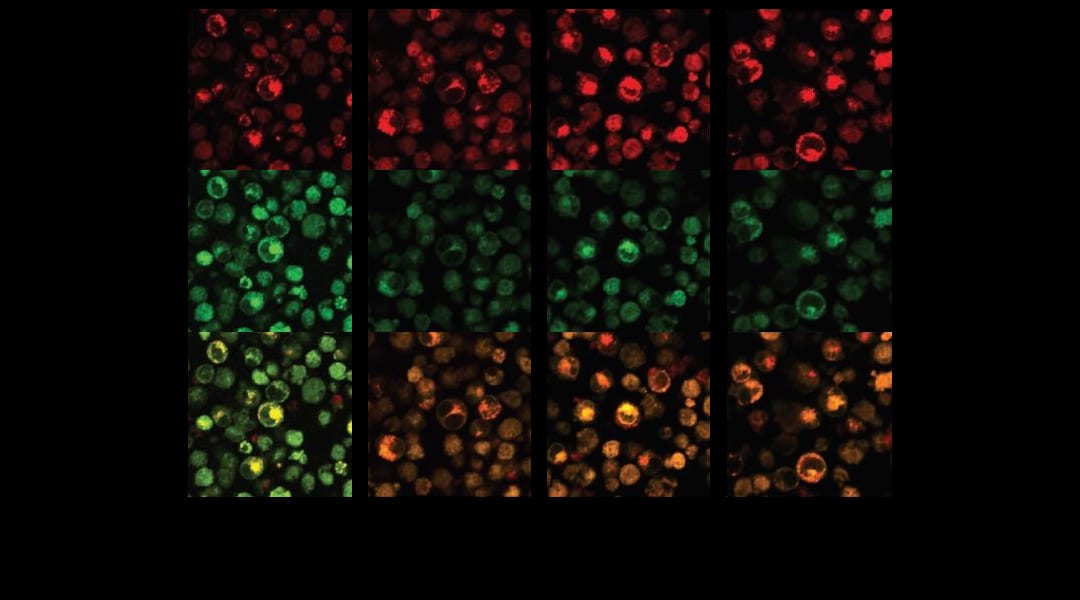
Molecular Therapeutics for Drug-Free Cancer Treatment
Drug-free macromolecular therapeutic systems can target and kill cancer cells without causing the side-effects of the drugs currently in clinical use.
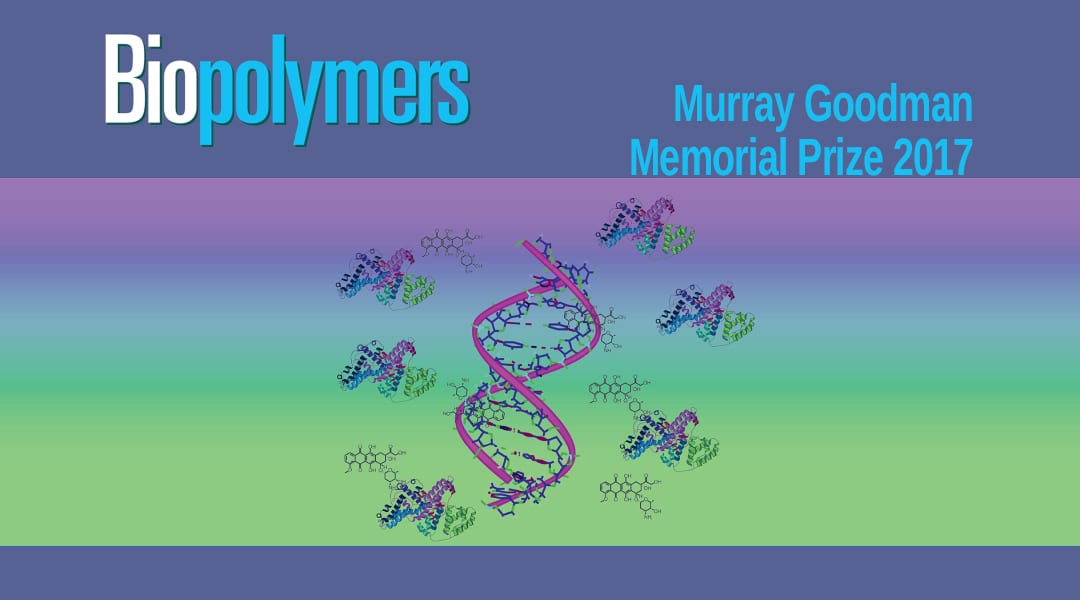
Biopolymers Murray Goodman Memorial Prize Winner 2017: William F. DeGrado
Recognizing his seminal contributions to the de novo design of peptides, proteins and pharmaceutically-active small molecules, we are thrilled to present Professor William F. DeGrado with the 2017 Biopolymers Murray Goodman Memorial Prize.

Targeted Drug Delivery through Microswimmers
Soft microswimmers that use a combination of acoustic and magnetic fields to demonstrate motion with precise manoeuvrability in a blood vessel.

5th International Symposium on Phospholipids in Pharmaceutical Research
The Phospholipid Research Center Heidelberg, organised already its “5th International Symposium on Phospholipids in Pharmaceutical Research” from 18th – 19th September 2017 at the University of Heidelberg, Germany.
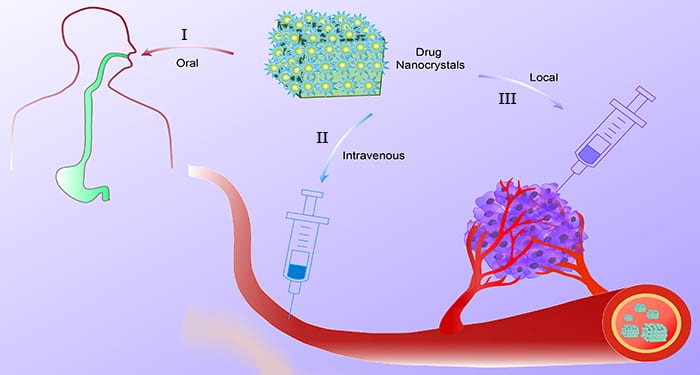
Drug Nanocrystals for Cancer Therapy
Drug nanocrystals deliver drugs via oral, intravenous, and local administration and show promise towards treating cancer more effectively.
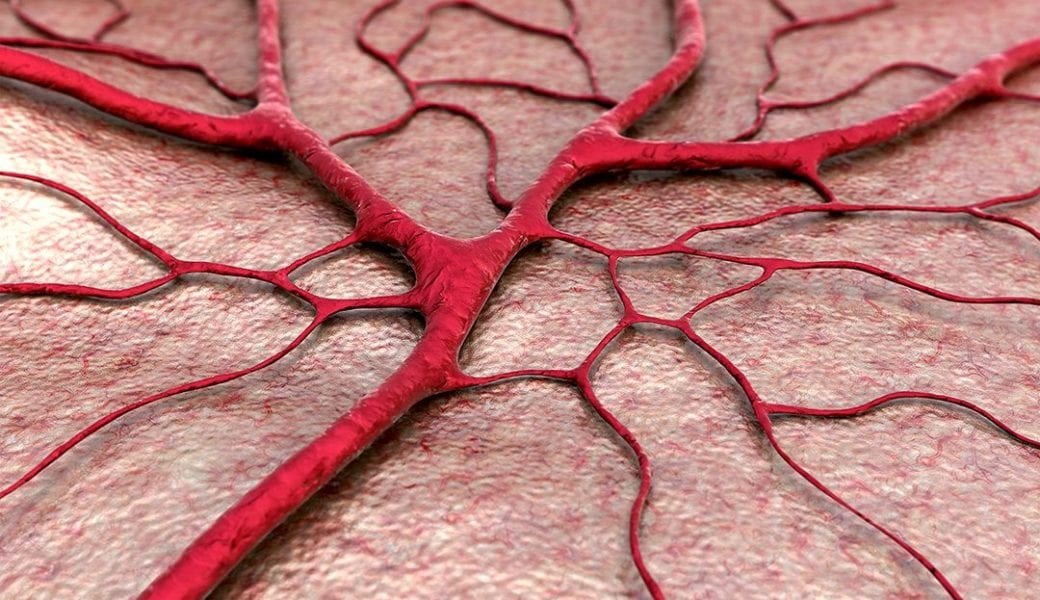
The Fourth Dimension: Fabricating Artificial Blood Vessels with 4D Bioprinting
An advanced 4D bioprinting approach uses shape-morphing, biopolymer hydrogels to form the basis for blood vessels and other tubular structures in artificial tissues and organs.
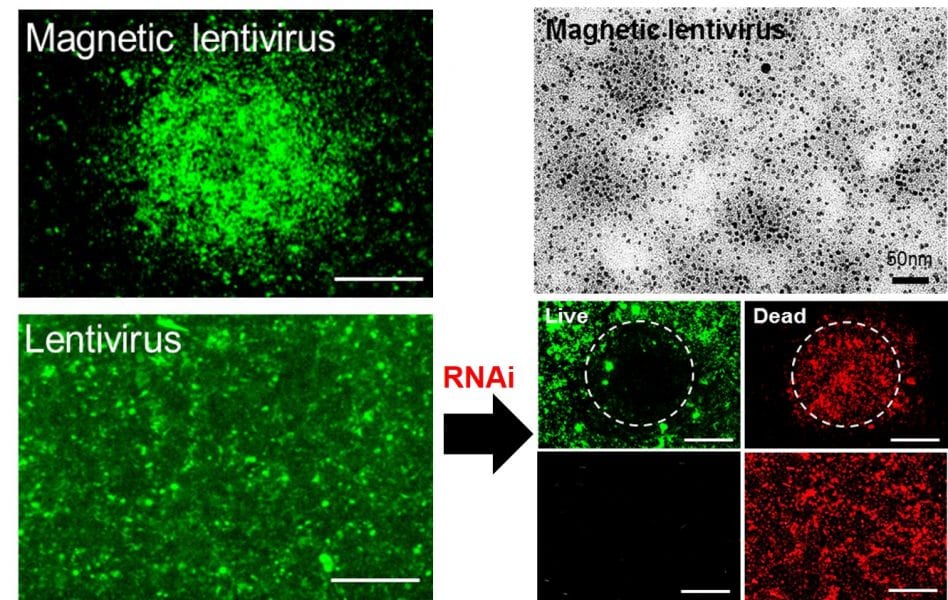
Cancer Therapy with Magnetic RNA Interference Nanoparticles
A team of researchers from National Sun Yat-sen University report on microscale RNA interference using iron oxide nanoparticle-modified lentivirus.










